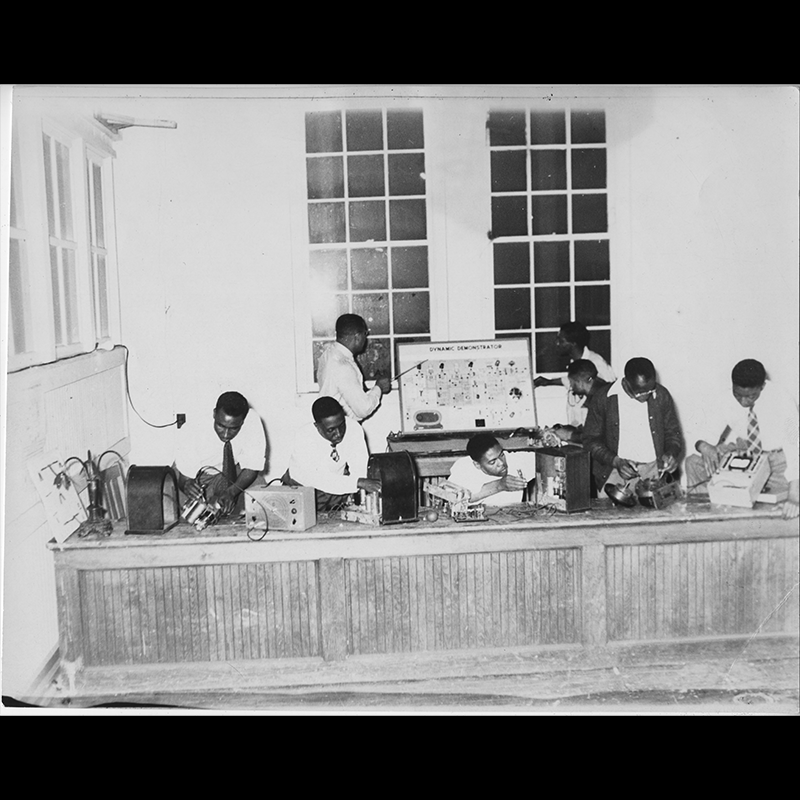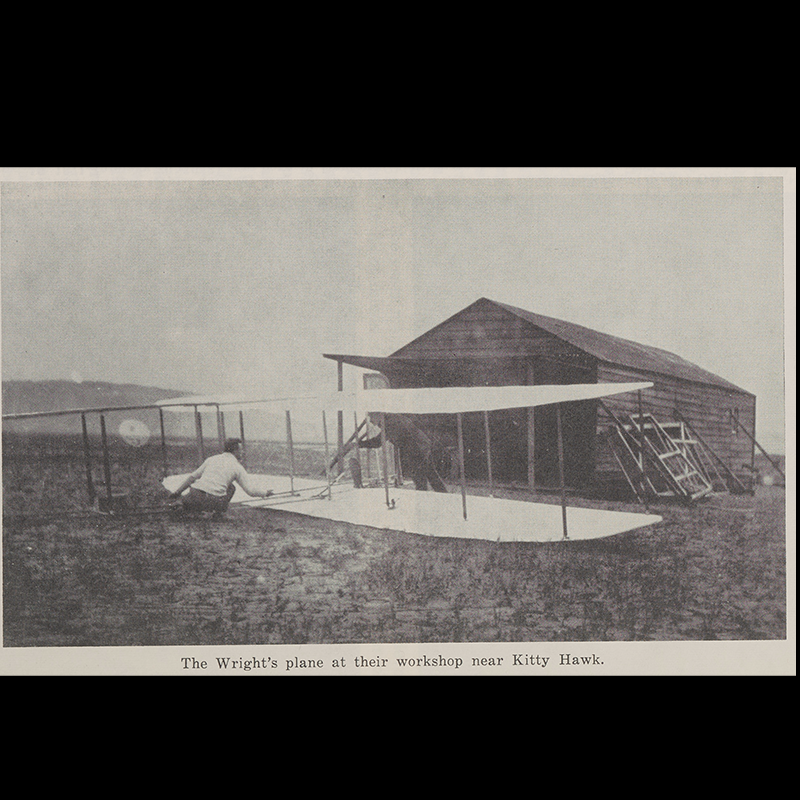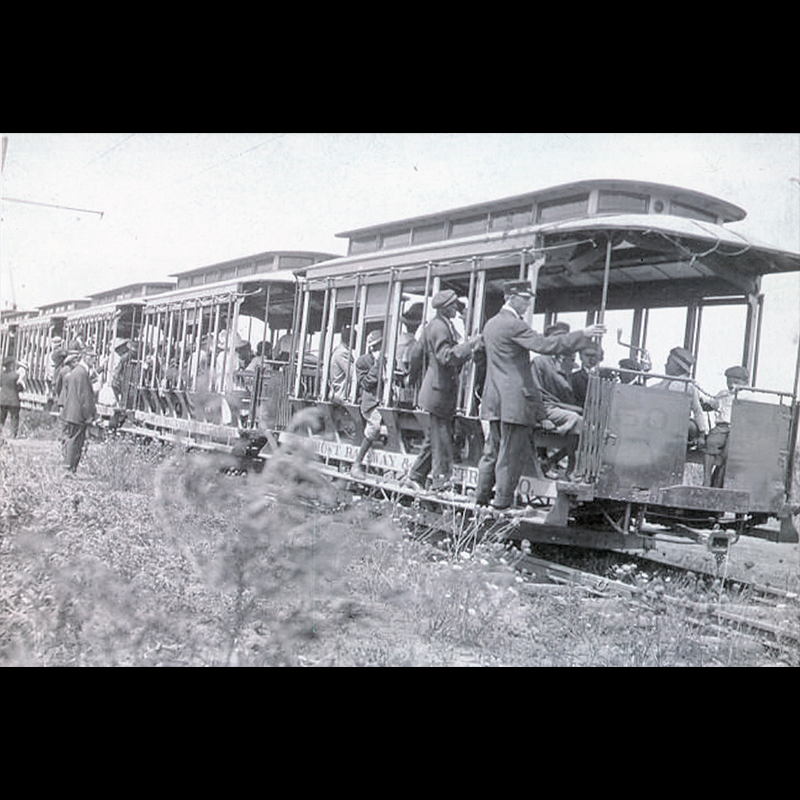
The twentieth century saw a rapid expansion of the wave of technological innovation that had begun in the late 1800’s. As our society is consistently generating new and advanced technologies, looking back to these prior advancements can be both nostalgic and informative of how we got to today’s age of smartphones and AI. North Carolina had its fair share of historical moments with innovation, from the first successful flight of an airplane in Kill Devil Hills to the creation of the home remedy staple Vick’s Vapo-rub in Selma, NC. Below are some highlights from the primary source set to spark your interest in 20th century technology!

Found on license plates across the state, North Carolina was the setting for the first successful flight of an airplane by Wilbur and Orville Wright. The full source from which this photo was pulled covers the journey to this flight and the various struggles the Wright brothers faced in their endeavor to take to the skies.
The 20th century saw a variety of technological advancement across sectors and professions, and this is another example of how transportation changed over time. From Asheville to Alamance County, electric streetcars became a new and exciting method of public transportation before the car was invented and public systems like this fell into decline. During their heyday, people across the state looked forward to riding on these new electric vehicles.


Looking further into this era, the late 20th century saw a more widespread adoption of computer use and training. While many people had been contributing to computer technology for many years prior, it was not until the 1990’s that computers were more readily available. It was during this time that schools began incorporating them into education with the knowledge that these machines would define American labor and education moving forward.
Nearly every historical point in the 20th century was impacted in some way by technological developments, from the Cold War and the Space Race to the Civil Rights Movement. This primary source set highlights some of the ways that technological innovations of the 20th century changed daily life in North Carolina. We hope this source set invites you to consider all the ways technology has shaped our history and your life today!
